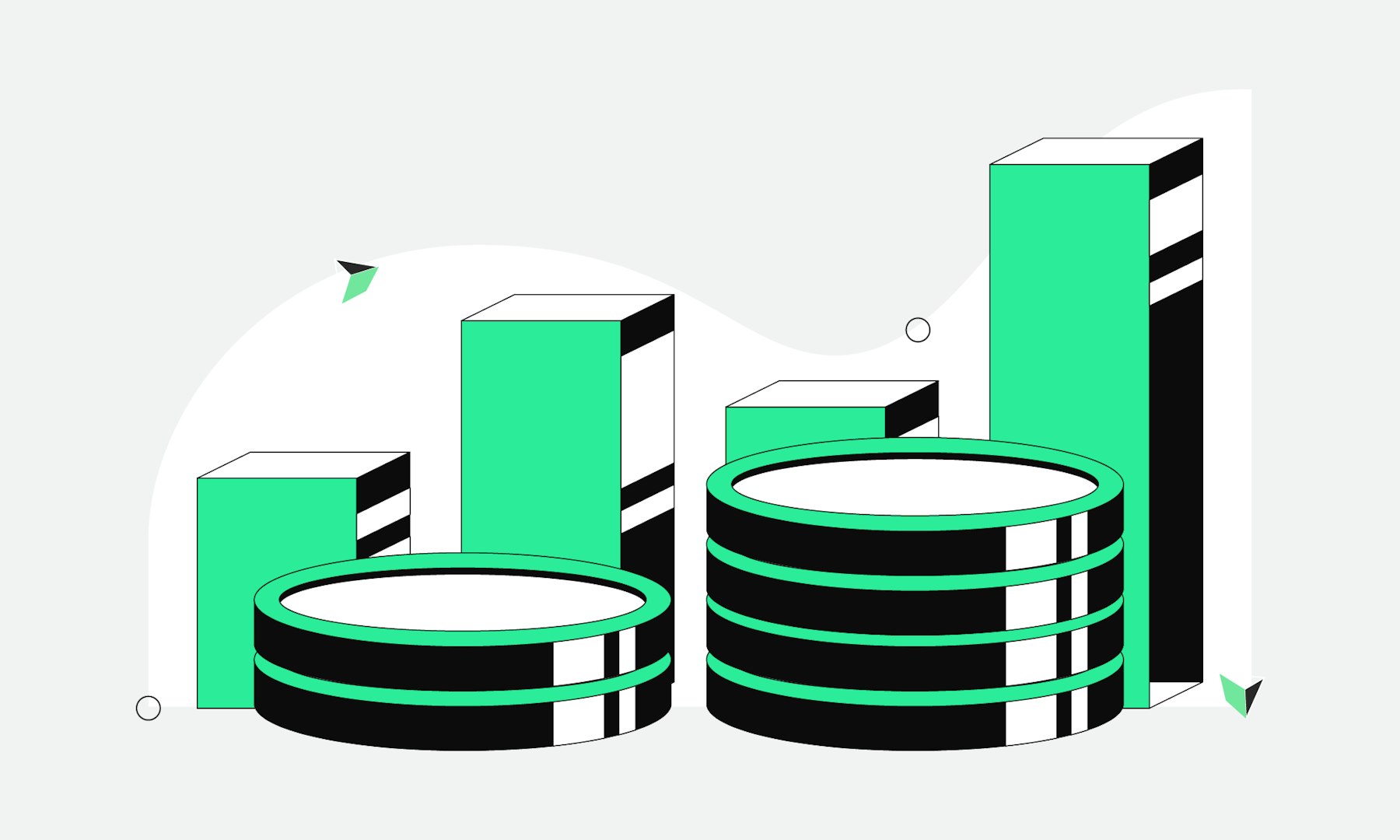What does HODL mean?
The term HODL is frequently used in the crypto community and refers to the long-term holding of Bitcoin, Ethereum and other digital assets. Instead of reacting to short-term market movements, hodlers bet that the value of their coins will rise over a longer period – regardless of short-term price fluctuations. The word originally comes from a typo of the English word “hold”, which is why HODL means “to hold” in German. So HODL isn't an acronym in the strict sense, even though it was later humorously interpreted as “Hold On for Dear Life”. While that meaning wasn’t originally intended, it sums up well what hodling is all about: sticking to a long-term investment despite market volatility.
What is the history behind HODL?
The origin of HODL dates back to 2013, when a user with the pseudonym GameKyuubi posted a now legendary message titled “I AM HODLING” on the BitcoinTalk forum. In his emotional post, he explained that he wouldn’t sell despite falling prices. The typo in the word “holding” was left uncorrected – and quickly developed into a meme.
But more than just an internet joke emerged from that humorous moment. Many early Bitcoin investors could relate to the idea of holding on to their coins even in tough market phases. Over the years, HODL became a symbol for a long-term strategy that stands in contrast to short-term trading. Especially in bull and bear markets, the term has been repeatedly referenced and reinforced.
Today, hodling stands for a belief: confidence that the market will develop positively over the long term. With the growing adoption of cryptocurrencies by institutional investors and private traders, the HODL strategy remains a central element of the crypto ecosystem.
Since when have “hodlers” been active?
Hodling is not a new phenomenon – the strategy has existed for over a decade and has weathered various market phases. From early Bitcoin adopters to institutional investors, the approach has become increasingly established.
Here’s an overview of the key milestones of HODL:
2013 – the origin: the famous BitcoinTalk post by GameKyuubi introduced the term HODL for the first time
2017 – the first major bull run: Bitcoin reached nearly $20,000 and many long-term investors were rewarded for hodling
2020 – institutions join in: companies like Tesla and MicroStrategy bought large amounts of Bitcoin and boosted confidence in the strategy
2021 – another bull run: Bitcoin hit a new all-time high of over $60,000, once again confirming the relevance of the HODL approach
Today – a permanent part of the crypto ecosystem: alongside retail investors, institutional players are also using the long-term approach
How does HODL work?
The HODL strategy is based on a simple idea: holding assets like Bitcoin and altcoins long term instead of selling them during short-term market fluctuations. Those who hodl are betting that the value of cryptocurrencies can rise over the years – regardless of temporary price drops. The concept is built on the belief that Bitcoin and other digital assets will play an increasingly important role in the financial system. While short-term traders try to profit from market movements through frequent buying and selling, hodlers remain steadfast. They ignore daily fluctuations and focus on the bigger picture – the long-term potential of the crypto ecosystem.
Psychology also plays a role in HODL: sharp price drops can be emotionally challenging, but many long-term investors follow the motto “Hold On for Dear Life”. The humorous interpretation of the term highlights that hodling is about staying calm and sticking to your strategy – even when markets are volatile.
HODL as a trading strategy?
Unlike active trading, which involves frequent buying and selling, the HODL strategy follows a long-term approach. There are pros and cons: on the one hand, hodlers avoid the stress of having to time the market. On the other, the strategy requires patience and a high tolerance for risk, as altcoins and other digital assets can experience significant price swings.
In the crypto community, a distinction is often made between Diamond Hands and Paper Hands. Hodlers with Diamond Hands hold on to their coins regardless of short-term price movements. They trust that the market will grow over time. Paper Hands, on the other hand, sell their holdings quickly when prices drop, fearing further losses. These terms show that hodling is not just a strategy but also a psychological challenge.
For many investors, hodling is a straightforward way to participate in the development of the crypto market. Anyone considering long-term investment in Bitcoin, Ethereum or other cryptocurrencies needs a reliable platform for crypto trading.
Bitpanda offers a user-friendly way to buy, manage and securely store assets like Bitcoin. Users can purchase digital assets with just a few clicks and decide whether to trade actively or hodl long term. In addition to traditional buying, Bitpanda also offers features like staking, which can generate additional income.
Whether hodling is the right strategy depends on your personal goals and risk appetite. If you believe in the long-term development of cryptocurrencies, Bitpanda provides a platform that makes it easy and secure to get started in the world of digital assets.
